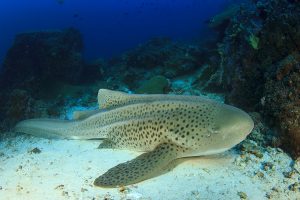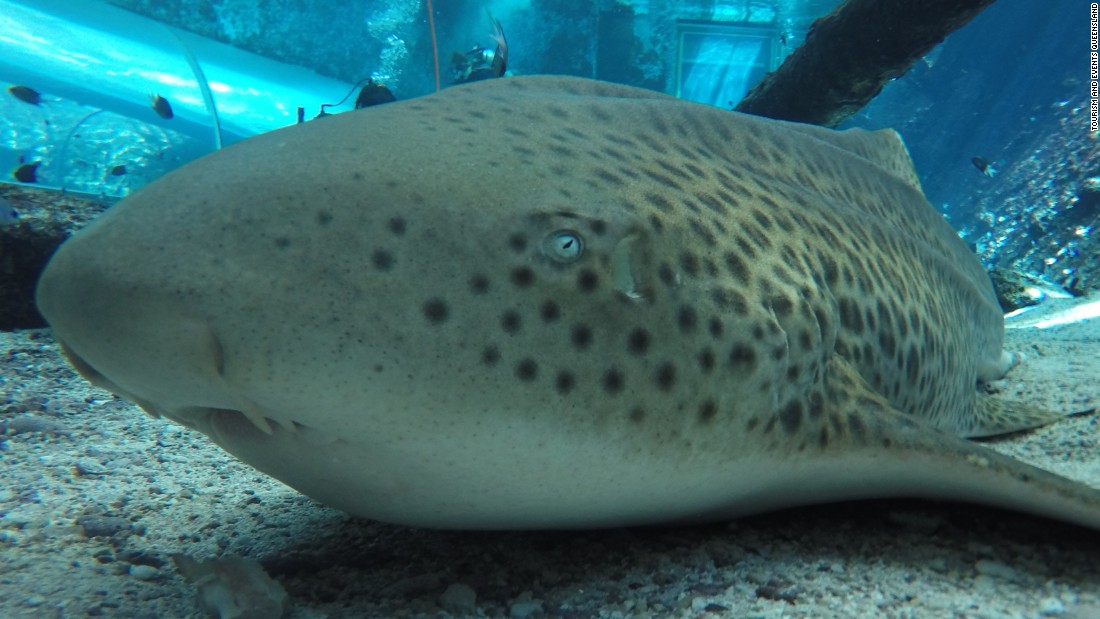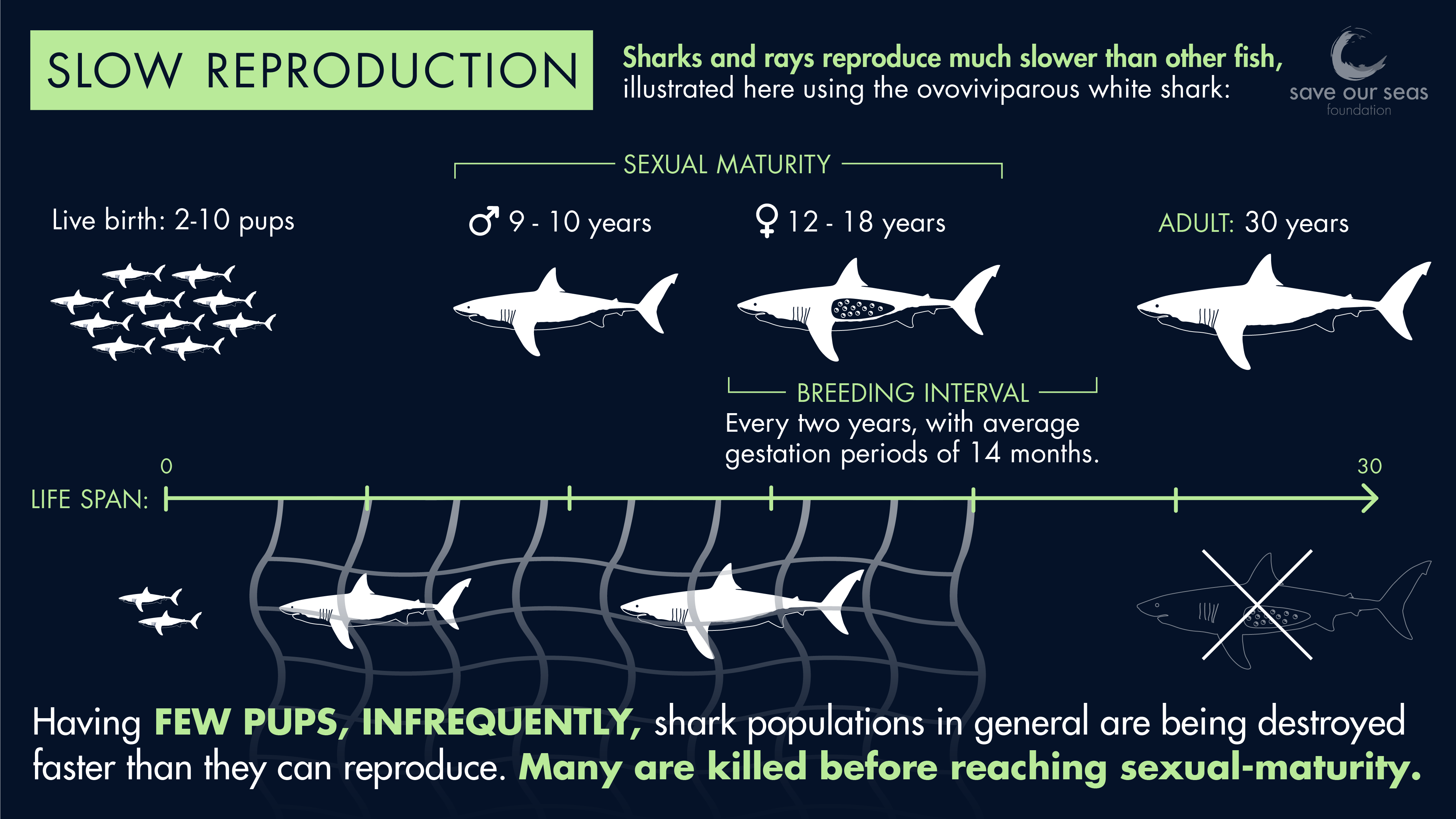
" Virgin Birth in a Hammerhead Shark." Biology Letters, vol. " Asexual Reproduction: Genetics and Evolutionary Aspects." Cellular and Molecular Life Sciences, vol.

These studies have revealed that the maximum temperature for water flea activity is half a degree more than it was 40 years ago, suggesting that these tiny organisms have the ability to genetically adapt to climate change.ĭe Meeûs, T., et al. Scientists are able to use these eggs to study water flea evolution amidst climate change by comparing older eggs to modern ones. Not only that, but the dormant eggs are extra durable to survive harsh conditions. These eggs contain fertilized embryos that are genetically varied, unlike the offspring produced asexually who are identical to the parent. When a population is threatened by conditions such as food shortages or heat waves, they mate and lay eggs that can remain dormant for dozens of years. While they normally reproduce asexually, water fleas have a special trick reserved for difficult times. Typically found in shallow bodies of water such as ponds and lakes, water fleas are microscopic zooplankton organisms that measure about 0.2 to 3.0 millimeters in size. They also estimated that the wild range of the invasive marbled crayfish increased 100 fold between 20.

The species had very little genetic diversity and was evolutionarily young, a rarity among asexual reproducing animals, and the timing was congruent with the original discovery in Germany. They were able to confirm that all of the crayfish were indeed clones descended from a single organism through the parthenogenesis form of asexual reproduction. It wasn’t until recently, in 2018, when scientists were able to sequence the DNA of marbled crayfish both from the German pet store where it originated and wild individuals caught in Madagascar. Since then, the unique species of marbled crayfish has formed wild populations throughout freshwater habitats in Europe and Africa, wreaking havoc as an invasive species. The offspring were all females, suggesting that this new crayfish could be the only decapod crustacean (which includes crabs, lobsters, and shrimp) with the ability to reproduce asexually. The marbled crayfish made headlines in 1995 when a German aquarium owner found a previously undiscovered species of crayfish that appeared to have cloned itself.

This was also the first demonstration of an individual switch from sexual to parthenogenetic reproduction in any species of shark. Genetic testing of tissue samples from the mother shark, the suspected father shark, and the offspring showed that the babies only carried DNA from their mother. In 2017, a zebra shark named Leonie in Australia gave birth to three baby sharks after being separated from her mate for five years. Studies found no evidence of a paternal genetic contribution. The wild-caught shark hadn’t been exposed to a male in at least three years but still gave birth to a normally developed, live female.

The first recorded evidence of parthenogenesis in a cartilaginous fish (which includes sharks, rays, and skates) occurred in 2001 with a captive hammerhead shark. Parthenogenesis, a form of asexual reproduction where embryos develop from unfertilized eggs, has been observed in captive female animals that are separated from males for extended periods of time.


 0 kommentar(er)
0 kommentar(er)
